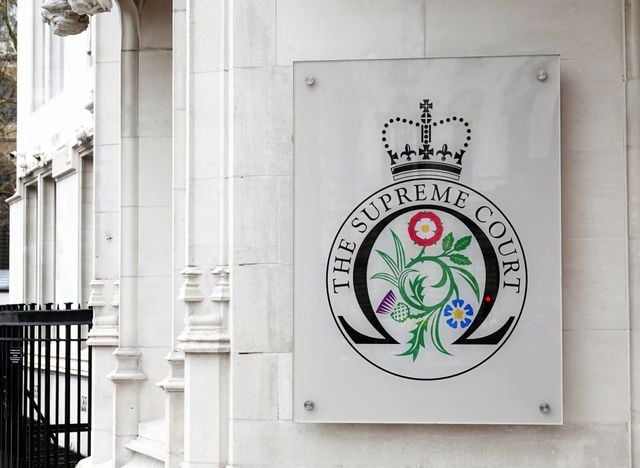Shortly before Christmas the Court of Appeal handed down its judgment in the case of HMRC v BlueCrest Capital Management LP & Others [2023] EWCA Civ 1481. This latest instalment of the tax litigation relating to the BlueCrest hedge fund relates to deferred remuneration arrangements for BlueCrest partners.
The BlueCrest partnership allocated profits to a corporate member, which contributed its post-tax allocation back to the partnership as “special capital”. That amount was subsequently paid over to individual partners by the corporate member exercising its discretion to re-allocate the “special capital”.
Those partners took the position that such amounts were not taxable because they were the same profits that had already been taxed in the hands of the corporate member (at the lower rate which applies to companies). This type of planning was subsequently limited by the introduction of the “mixed member” rules in 2014.
The Court of Appeal affirmed the finding of the Upper Tier Tribunal that the amounts were taxable on receipt by the individuals as miscellaneous income (in addition to the tax payable by the corporate member).
Had HMRC prevailed with its main line of argument – that, viewed realistically, the relevant share of the profits should have been taxed on the individuals rather than the corporate member – there would only have been a single layer of tax. The Court found that the allocation of profits among partners is in principle susceptible to a Ramsay approach, but that the allocation actually made by the partnership was consistent with the purpose of the legislation and so there was no reason to adjust it.
Given findings that there is: (a) no need for partners to actually receive their allocated share of profits, and (b) no correlation between a partner’s share of profits and their contribution to the business, it is quite difficult to see the circumstances in which the actual allocations made by the partnership would not be followed for tax purposes.
There were two arguments raised by the taxpayers as to why the amounts received shouldn’t be taxable as miscellaneous income. First they argued that the amounts weren’t income. The transaction was instead described as a re-allocation of partnership assets. Second they argued that the payment didn’t have a source separate to the partnership trade, as required by the legislation. The Court found that the amounts were analogous to a deferred bonus and so should be regarded as income, and that the exercise of discretion by the corporate member was enough to constitute a separate source.
The findings give a wide scope for miscellaneous income charges. However, there are some elements of the judgment that potentially place some limits. In particular, it seems to have been significant to the Court’s findings that when the arrangements were carefully analysed, the “special capital” always belonged beneficially to the corporate member and not the partnership itself. The court referred to a two-stage process of allocation of partnership profits to the corporate member and exercise by the corporate member of its discretion for the amounts to be paid over to the individuals. Effectively the second step occurred outside the partnership.
In the early stages of a partnership, it may not have sufficient profits to pay its partners and so may instead make those payments out of capital or borrowings. Would a payment of that nature be miscellaneous income in the hands of the recipient? It could be argued yes because these distributions are analogous to a bonus in the hands of the individuals and the decision of the general partner to pay them provides a source.
However, when the partnership becomes more profitable and uses part of those profits to restore the capital or repay the loan, the undistributed element of the profits would still be allocated to partners and taxable in their hands. The result would be that the partners together would have paid tax on more than the profits made by the partnership over the period, an outcome which does not seem consistent with the scheme of partnership tax.
My view is that it can still be argued that, in the absence of the two-stage process discerned in the BlueCrest arrangements, such amounts are either not income (they are the root of the tree rather than its fruit to borrow the analogy revived by Sir Lancelot Henderson in his leading judgment here) or do not have the requisite source. However, this is far from beyond doubt. It seems likely HMRC will continue to employ the miscellaneous income argument given their success here and in other recent cases, so perhaps we will find its limits in future cases.
Subscribe to Ropes & Gray Viewpoints by topic here.
Authors
Stay Up To Date with Ropes & Gray
Ropes & Gray attorneys provide timely analysis on legal developments, court decisions and changes in legislation and regulations.
Stay in the loop with all things Ropes & Gray, and find out more about our people, culture, initiatives and everything that’s happening.
We regularly notify our clients and contacts of significant legal developments, news, webinars and teleconferences that affect their industries.



